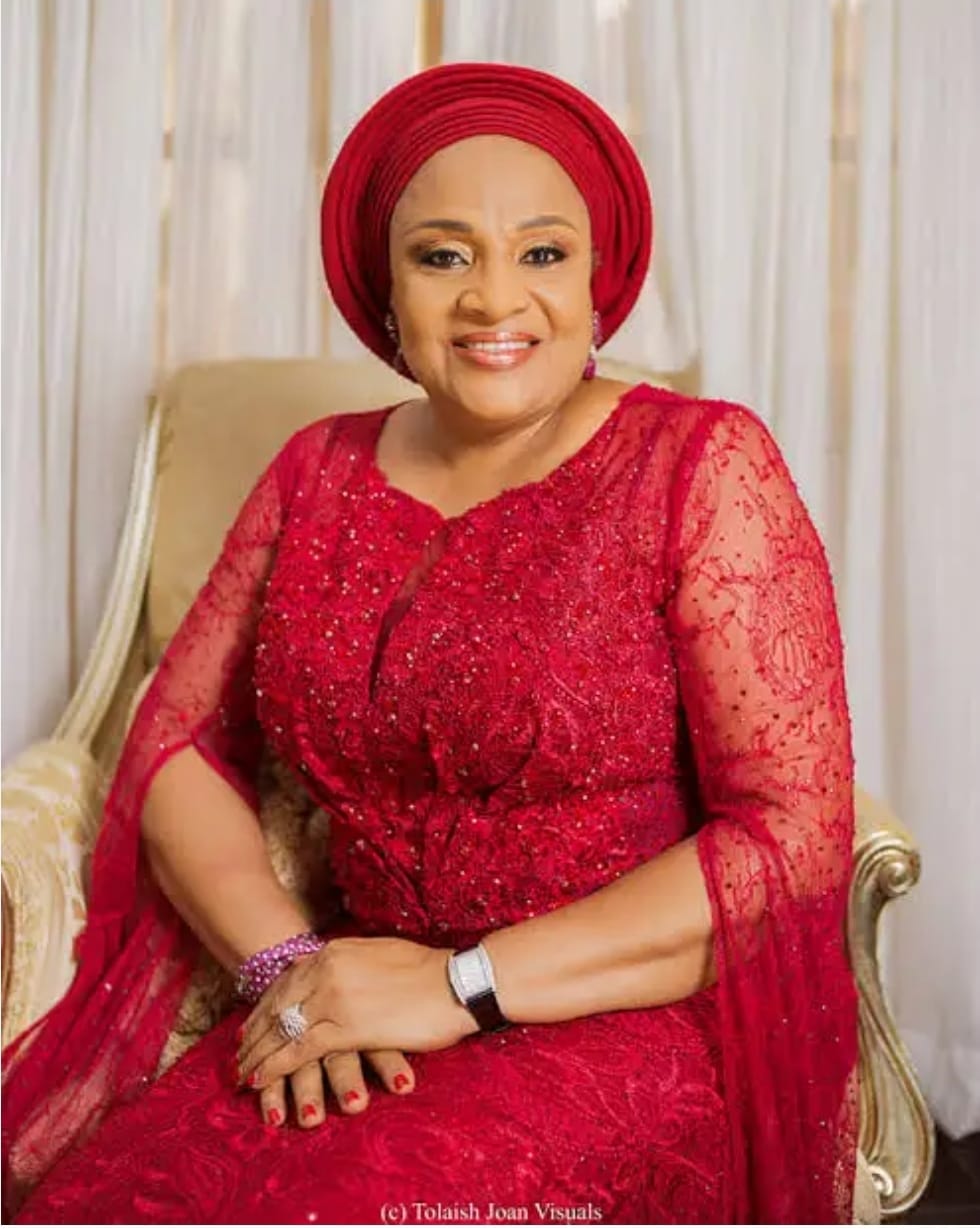By Amadi Chimaobi Kingsley
The opening scene of this series will hit differently if you’ve been to Erin Ijesa Waterfall. Seven women fell from the waterfall to their untimely deaths, their brains smashed like watermelon on concrete.
If you don’t like the sight of blood spraying like fuel from a subsidized pump or accidents so brutal they will turn the screen of your TV to red, you might need moral support to watch this one.
But guess what? Every scene was necessary. No unnecessary kissing and pressing to make you start coughing when your parents walk in. Just solid storytelling with blood and tension here and there.
The story of Seven Doors is built around a cultural metaphor tied to Yoruba traditions. The narrative uses the symbolism of doors to explore themes of tradition, accountability, and generational consequences. The seven symbolic doors represent key ideas like choices, accountability, and the impact of past decisions on the future. In Yoruba culture, symbols like this often carry deep meaning, connecting personal struggles to larger societal issues. This makes the story more than just a royal drama; it’s also a reflection on leadership, love, and legacy.
The fate of a people hinges on the choices of their king and the haunting presence of an exiled antagonist. His choices, rooted in love, duty, and survival, set off a chain of events that threaten his kingdom’s survival and force him to confront the sins of the past.
Who will help me ask the king why marrying six wives was like asking him to donate a kidney? I thought the dream of every king was to have many wives and children, or did the memo change and nobody told us?
It took losing his child, half of his sanity, and most of his people for him to agree to marry six wives. Even at that, why was the king so bad at picking wives? How do you pack six problematic women into one big palace?
But the scriptwriters passed their message with this one. In fact, the lesson in there connected perfectly.
Costume and set design are standout elements, with attention to detail that transport viewers into the world of Ilara. From the royal attire to the makeup of Esusu, every aspect of the visual storytelling is meticulously crafted.
One minor issue is that while the costumes are beautifully designed, they may leave you uncertain about the specific period if you just jump into any episode. However, including old Naira notes is a thoughtful reference to Nigeria’s economic past.
A recurring flaw in Yoruba Nollywood productions is the use of oversized, unrealistic afro wigs to depict a historical setting, as seen here and in films like Crossroads and Blacksmith (Alágbède). Additionally, the king’s beads in one scene felt historically inaccurate, mixing traditional and machine-made elements that lacked authenticity.
An undeniable issue is that Seven Doors attempts to bridge the cultural gap between the Igbo and Yoruba communities. Given how tribalism has gained significant traction on Nigerian social media, this is crucial.
The film’s themes are both timeless and timely. While deeply rooted in Yoruba culture, the story reflects universal issues, making it easy for the global audience to relate to it. The exploration of moral dilemmas, the consequences of greed, and the power of tradition are handled with depth and sensitivity.
However, the film’s strength lies in its performance. Muyiwa Ademola and Aliu Gafar as (Esusu) lead an exceptional cast, each actor bringing their character to life authentically and passionately. The chemistry between the characters, particularly in moments of conflict, adds emotional weight to the story.
They didn’t just act — they became their characters, delivering dialogue and emotions so naturally that it felt real. The emotional depth they brought to their roles was impressive, particularly in the intense scenes. One standout moment was when one of the priest’s wives discovered her daughter had died — a deeply emotional performance from one of the minor actors in the series. In that scene, the actress delivered flawlessly. Similarly, Otun’s wife mourning her daughter was heart-wrenching; you could feel her pain. The chiefs, the king, Queen Amaka, Adeeyo, and especially Esusu stood out. Esusu’s performance was so convincing you’d almost believe he had once been a deity himself, given how perfectly he embodied the role. From the major characters to the minor ones, every actor fits seamlessly into the story. Not a single cast felt out of place.
Also noteworthy in the series is its exploration of relatable themes. From love, betrayal, desperation, and greed to cultural unity and the power of traditions, the themes are thoughtfully depicted. The theme of cultural unity resonated with the viewer the most.
The film’s production design—including cinematography, set design, location, costumes, and props—clearly shows that a lot of effort and resources were invested in creating an authentic look. Seven Doors undeniably boasts high production value, making its visuals a major highlight. From the breathtaking scene of seven women falling off a waterfall to the seamless magical transformation of a statue and a chicken, the effects are ambitious and mostly well-executed. Similarly, practical effects, like the destruction of a fence, were impactful and tangible, adding authenticity to the film’s setting.
However, a noticeable flaw in the series is the lack of character development for Prince Adeeyo. While we know he is a prince vying for the throne, his character lacks depth and context. Questions about his background are left unanswered, like where his family is. Is he the only prince in his family eligible for the throne? What does he do for a living, and how did he accumulate wealth? Also, his storyline ends abruptly after Opayemi becomes crippled following his failed mission against the king. What happened to Adeeyo afterward? Did he flee? Did he face any consequences? The lack of closure makes his role incomplete. Let’s not forget the three greedy chiefs that kept plotting harm for the king also phased out. While it’s understandable that this is a series and a sequel could address these gaps, a more conclusive ending for Adeeyo and the chiefs in this installment would have been better.
Finally, the story feels rushed close to the concluding part, with some plot threads and the fake rain at the end of episode 6 left unresolved.












Leave a Reply